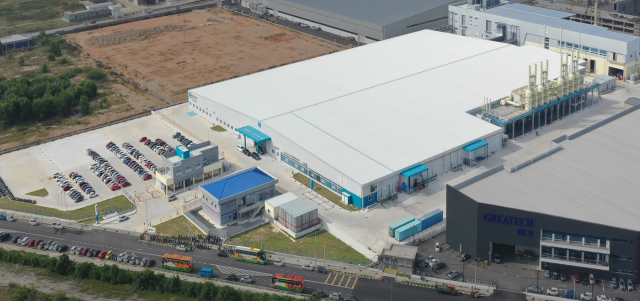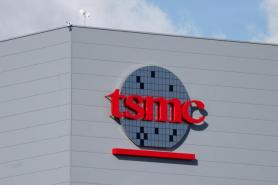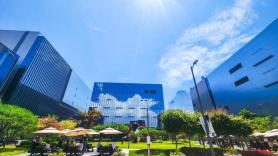
The push reflects both rising geopolitical risks and the draw of lower labor costs in a region that has emerged as one of the world’s most attractive alternatives to Chinese manufacturing.
Southeast Asian governments are competing for investment with tax breaks and expedited permits, while free trade agreements have lowered barriers within the bloc.
Simmtech, a semiconductor substrate maker, operates a packaging plant in Penang, Malaysia, which has become a magnet for global chipmakers including Intel and Micron. Its subsidiary, Sustio, completed a $77 million expansion of the site earlier this year.
In Indonesia, Hyundai Motor and LG Energy Solution are building the country’s first battery-cell plant in Karawang, near Jakarta, with a $1.1 billion investment. The facility, expected to start operations in 2025, will produce up to 10 gigawatt-hours annually, largely for electric vehicles in South Korea and India.
Steel and chemical producers are also moving aggressively.
POSCO has set up cold-rolled and hot-rolled steel plants in Vietnam, while Lotte Chemical bolstered its presence in Malaysia by acquiring Titan Chemicals.
LS Electric, an energy equipment maker, opened a plant in Bac Ninh, Vietnam, to serve the region’s infrastructure boom.
Part of the appeal is political. Unlike China, Southeast Asian nations are largely insulated from the escalating trade and technology confrontation between Washington and Beijing.
Regional frameworks such as the Association of Southeast Asian Nations Free Trade Agreement and the Regional Comprehensive Economic Partnership have further cut tariffs on intra-Asian trade.
Cost competitiveness remains a decisive factor. Vietnam’s factory workers earn an average of $320 a month, less than half the average in China. In Indonesia, labor costs are 30 to 50 percent lower than in South Korea across many industrial sectors, offering savings for labor-intensive production.
Copyright ⓒ Aju Press All rights reserved.




